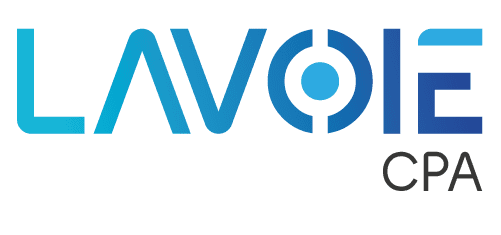Outsourced Budgeting, Forecasting & KPI Tracking
Outsourced Budgeting, Forecasting & KPI Tracking
Private equity firms and fast-growing businesses need strong, comprehensive budgets and accurate forecasts to ensure the future success of their operations.
When these organizations lack a well-defined budget and accurate forecasts, they tend to make business decisions that they later regret. When a negative surprise occurs (which can happen to any business), companies without budgeting and forecasting abilities can experience a lack of adequate cash flow.
Lavoie can help you improve the efficiency of your administrative operations through outsourced budgeting, forecasting, and measuring key performance indicators (KPIs).


The Benefits of Outsourcing Budgeting, Forecasting & KPIs
Using outsourced accounting for your budgeting, forecasting, and KPIs offers several benefits for your business. An outsourced accounting service will analyze your spending and rebalance your budget and debt service to help ensure the future success of your business.
An outsourced accounting firm can also help you plan for the future by using forecasting. Forecasting offers financial projections based on the analysis of your financial performance and market conditions.


Guides Resource Allocation
Having a detailed, comprehensive budget allows private equity and high-growth business leaders to understand the complete picture of where their resources are going. A budget allows you to decide the allocation of resources across your business units based on your unique goals.


Reduces Expenses
By making a budget for your organization, you can see opportunities to trim unnecessary expenses. Without a budget, you would continue to spend money that you may not need to. Additionally, you won’t know where your money is going.


Increases Profitability
Since you are able to reduce your expenses by keeping a budget for your business, this leads to an increase in the profitability of your business. Profitability is the sanity component of your business. If you don’t know if you’re profitable, you don’t know if your business will be around next year.


Projects Future Cash Flow
Since your outsourced accounting service is keeping your budget, they are in a position to forecast the future. Specifically, by being able to see what money is going out of the business and what money is coming in, your outsourced accounting firm can project your future cash flow.


Identifies Solutions for Negative Surprises
Negative surprises inevitably occur in every business. Whether it’s a pandemic or other market forces, when an unwelcome surprise strikes, you will be in a position to weather the storm if you have a budget in place. In these situations, you will know where to make adjustments in your budget, and you will also know how the surprise will impact your cash flow forecasts.


Enhances Decision Making
Budgeting and forecasting offered by your outsourced accounting partner puts you in the driver’s seat for making better decisions about your business. By having a budget and a forecast of your financial performance, you are able to make more informed decisions about your business in a strategic manner rather than out of impulse or emotions.


KPI Benchmarks for Performance Evaluation
By keeping a budget, it provides you with a set of benchmarks that you either hit or miss. These benchmarks, also known as KPIs, are measurable. As is often said, what can be measured can be managed. With a budget in place and KPIs that are tracked, you can manage your business towards future financial success.


Generates Insightful Reports
Now that you have a set of KPIs that your outsourced accounting firm is tracking, insightful reports can be created. Your outsourced accounting service can create many different types of custom reports that give a view into the financial health of your business.
Our Outsourced Budgeting, Forecasting & KPI Services


Budgeting
Our team will help optimize your business’s budget so that you can maximize profitability and cash flow. We also put our knowledge of tax compliance to work to help you minimize tax liabilities.


Financial Forecasting
We leverage our vast industry experience to forecast trends so that your company is ready for what’s coming next. We also prepare you for future costs that could arise based on unexpected circumstances.


KPI Measurement
We utilize next-generation accounting and finance software to track and measure your KPIs. With your KPIs being automatically tracked we can easily generate a wide variety of custom KPI reports for your leadership team.
Hire Lavoie for Outsourced Budgeting, Forecasting & KPIs
At Lavoie, we leverage our insights and experience to develop budgeting and forecasting systems that enable your unique business to reach its goals. These powerful financial systems will allow you to put your strengths to work so you can execute your strategic vision for your organization.
We’re all about delivering value to our clients through our comprehensive suite of outsourced accounting services. Call us today at 704-481-6699 to see how we can partner together.


Contact Us
Complete the form below and a member of our team will contact you within two business days.
